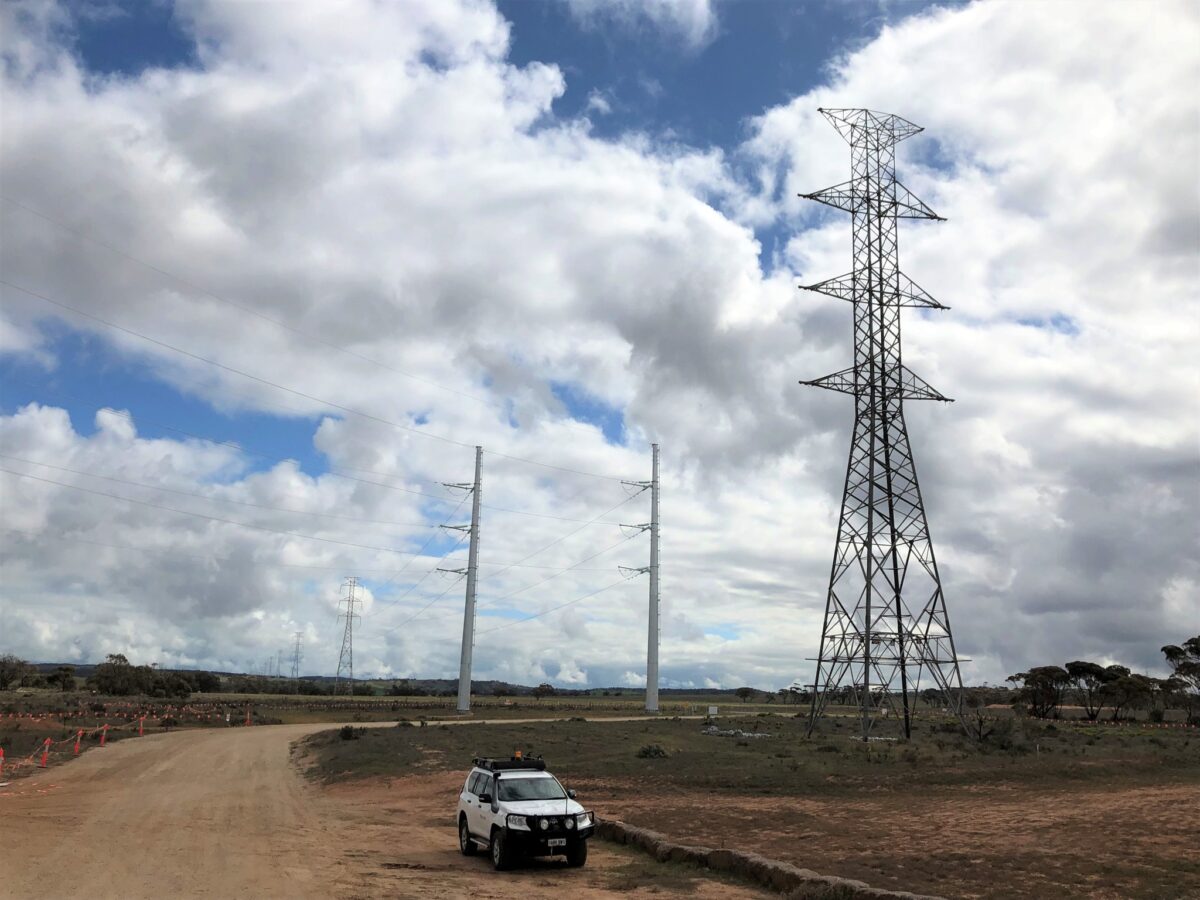The Australian Energy Market Commission (AEMC) said the new rule expands the transmission ring-fencing framework to address concerns about potential discrimination by transmission network service providers (TNSPs) in favour of themselves or their affiliates when contracting for specific grid connection services.
The AEMC said the final rule addresses a gap in the scope of the Australian Energy Regulator’s (AER) transmission ring-fencing guidelines which has until now prevented it from addressing the risk of discriminatory conduct by a TNSP when providing negotiated connection services.
Ring-fencing, which refers to the separation of regulated and competitive business activities where a regulated network business also offers services into a competitive electricity market, is already in place for most monopoly transmission services, but the AEMC said there was a gap in the framework when it comes to ‘negotiated’ and ‘competitive’ connection services.
The new rule, which will come into effect on 23 May 2024, provides the AER with access to “additional regulatory tools” and empowering it to impose obligations on TNSPs to ring-fence their provision of negotiated transmission services from other services.
AEMC Chair Anna Collyer said by promoting competition and improving confidence in the market for contestable connection services, the rule seeks to contribute to a more cost-effective connection process for new renewable energy, such as solar, wind, and battery projects.
“As we face the challenges of connecting a growing number of renewable energy generators to the grid, it is essential to ensure that the connection process is as efficient and fair as possible,” she said.
”Our final rule helps connecting parties better manage the risks associated with cost and time pressures when connecting to the transmission network.”
The AEMC has reduced the implementation timeframe for the rule from 12 to nine months in response to stakeholder concerns about the expected number of new connections.
“Several submissions to our draft determination called for a reduction of the draft rule’s 12 months implementation timeframe given the urgency and critical nature of the issue and noting that uncertainty will continue to hinder competition and increase costs at a time of rapid transition,” it said.
The final rule will come into effect on 23 May 2024 with the AER required to update its guidelines within nine months of this date to reflect the changes.
This content is protected by copyright and may not be reused. If you want to cooperate with us and would like to reuse some of our content, please contact: editors@pv-magazine.com.









1 comment
By submitting this form you agree to pv magazine using your data for the purposes of publishing your comment.
Your personal data will only be disclosed or otherwise transmitted to third parties for the purposes of spam filtering or if this is necessary for technical maintenance of the website. Any other transfer to third parties will not take place unless this is justified on the basis of applicable data protection regulations or if pv magazine is legally obliged to do so.
You may revoke this consent at any time with effect for the future, in which case your personal data will be deleted immediately. Otherwise, your data will be deleted if pv magazine has processed your request or the purpose of data storage is fulfilled.
Further information on data privacy can be found in our Data Protection Policy.